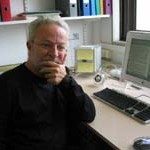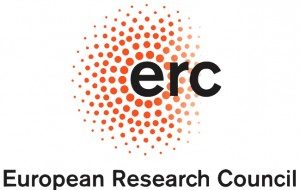Présentation
The homeostatic control of lymphocyte numbers provides the immune system with a basic mechanism that shapes the repertoire of the immune-competent cells and therefore, the capacity to respond to exogenous antigens as well as to maintain self-tolerance. Homeostatic mechanisms will also enable the re-establishment of the immune system following disruption (irradiation and/or chemotherapy). During the process of restoration, the immune system can be reset at a new equilibrium overcoming any of its previous malfunctions. This capacity of homeostatic regulation may therefore be used in potential therapeutic strategies to radically modify lymphocyte repertoires, immune responses, autoimmune disease and allergy. We postulate that control of lymphocyte numbers may be achieved by the ability of lymphocytes to perceive the density of their own populations. Lymphocytes may use “quorum-sensing” mechanisms to coordinate their gene expression according to the density of their population. “Quorum-sensing” can function as a decision-making process in homeostasis, as long as lymphocytes have (a) a mean of assessing the number of other components they interact with and (b) a standard response once a threshold number of components is detected. To address the role of quorum-sensing in the Immune System this project aims: 1) To study the role of “quorum-sensing” mechanisms in the homeostasis of natural activated and memory B cell populations by studying a) the feedback mechanisms that control the number of natural IgM-secreting cells, b) the role of immunoglobulin and inhibitory receptors in the homeostasis of the IgM-secreting B cells, c) the homeostasis of “central” and “effector” memory B cell compartments. 2) To determine the role of “quorum-sensing” mechanisms associated with the homeostasis of naïve and regulatory CD4+ T cells by studying a) the homeostasis of IL-2 producing CD4 T cells, b) the role of IL-2 titers in naïve/reg. CD4 T cell balance, c) the role of IL-2 in the prevention and therapy of auto-immune diseases. This project has a major potential impact in medical care, addresses new lines of research and uses original experimental mouse models that we devised in the laboratory.

